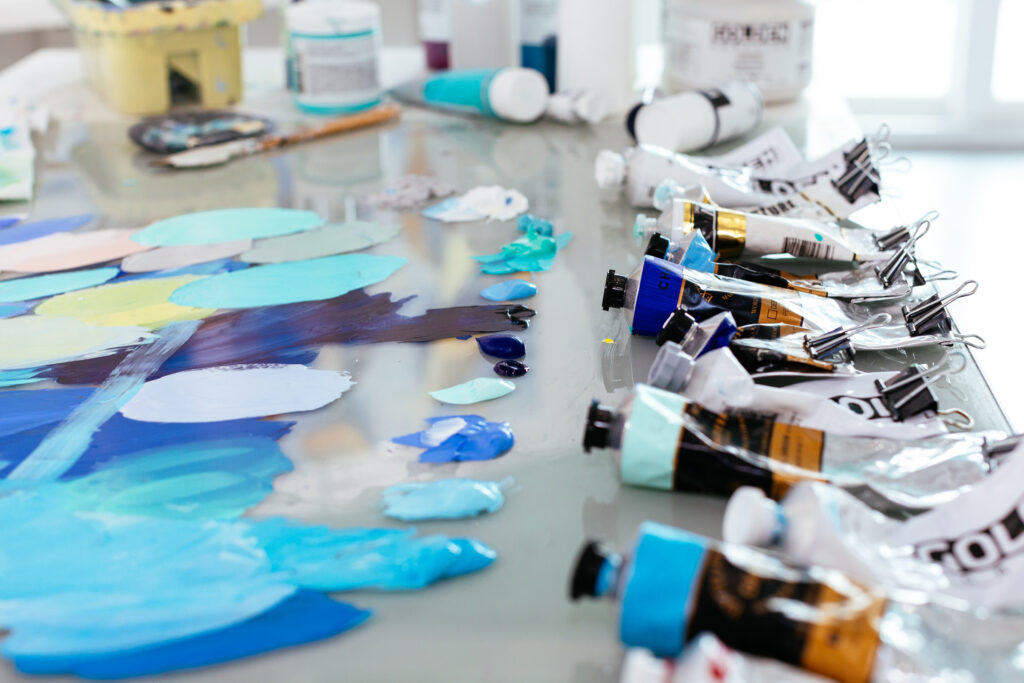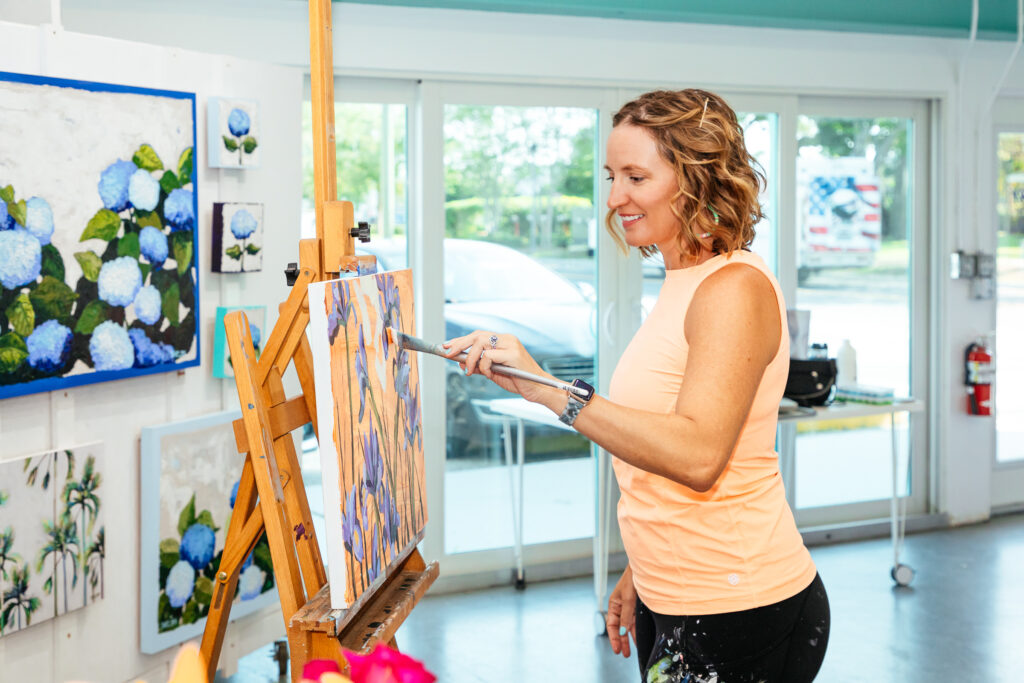Achieving color harmony in painting is like composing a symphony of hues that resonate harmoniously with each other. It’s about creating visual magic where colors not only coexist but enhance each other’s beauty. However, mastering color harmony can be challenging for artists, whether you’re a beginner experimenting with your first palette or a seasoned painter striving for perfection.
Importance of Color Harmony in Painting

Color harmony is crucial in painting for several reasons. Firstly, it creates visual balance and unity, guiding the viewer’s eye across the canvas without distractions. Secondly, it evokes specific moods and emotions—warm colors like reds and yellows can convey passion or energy, while cool blues and greens evoke calmness or tranquility. Lastly, it enhances the overall aesthetic appeal of your artwork, making it visually pleasing and engaging.
Common Challenges Faced by Artists in Achieving Color Harmony
Many artists encounter challenges in achieving color harmony. These include:
- Overusing or underusing certain colors: Resulting in imbalance or lack of focal points.
- Ignoring the importance of value and saturation: Leading to flat or muddy-looking paintings.
- Lack of color planning and organization: Resulting in chaotic compositions that lack coherence.
The Role of Color Harmony in Painting

To achieve effective color harmony, consider the following techniques:
- Using color schemes and palettes: Such as monochromatic (using variations of a single color), complementary (using colors opposite each other on the color wheel), and analogous (using colors adjacent to each other on the color wheel).
- Gradual color transitions and blending: To create smooth transitions between colors, enhancing visual flow and continuity.
- Paying attention to color temperature: Warm and cool colors can be strategically placed to create depth and atmosphere in your paintings.
Tips and Tricks for Improving Color Harmony

Enhance your color harmony skills with these practical tips:
- Experiment with different color combinations: Step out of your comfort zone and explore unexpected pairings to discover new harmonies.
- Use a limited color palette: Restricting your palette forces you to be creative with color mixing and ensures coherence in your artwork.
- Study and analyze master artists: Observe how renowned artists use color to achieve harmony and apply these insights to your own work.
Practical Exercises for Developing Color Harmony Skills

Try these exercises to refine your color harmony skills:
- Color mixing exercises: Practice creating harmonious color blends and gradients.
- Still life studies: Focus on capturing the relationships between colors in everyday objects.
- Landscape painting with emphasis on color relationships: Explore how colors interact in natural settings to convey mood and atmosphere.
Seeking Inspiration and Feedback
Joining art communities like [Creative Circle or Painting of the Month] can provide valuable feedback and inspiration for your artistic journey. Engaging with fellow artists and mentors allows for constructive critiques and the exchange of ideas.
Color Harmony Confidence

In conclusion, mastering color harmony in painting is a transformative journey that enhances your artistic expression and captivates viewers. By understanding the principles of color theory, practicing different techniques, and seeking inspiration from the world around you, you can elevate your paintings to new heights. Embrace the challenge, experiment boldly, and unlock the full potential of color harmony in your artwork.
Please share any tips available As a senior I’m on limited budget but love new art info
So good to hear from you Connie, if you’d like regular tips and blog updates we recommend taking advantage of our free resources and signing up for our email list at the bottom of the page here: https://paintwithshelby.com/